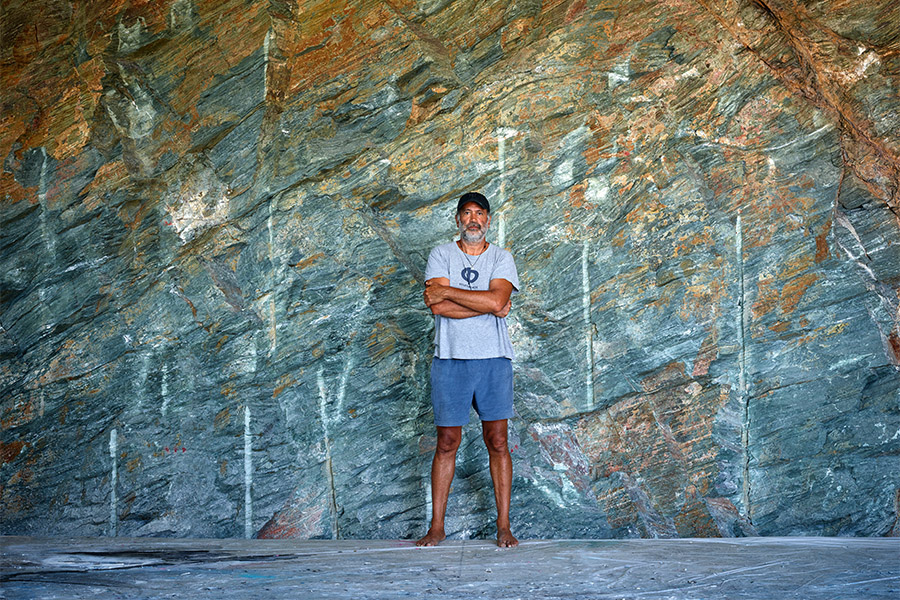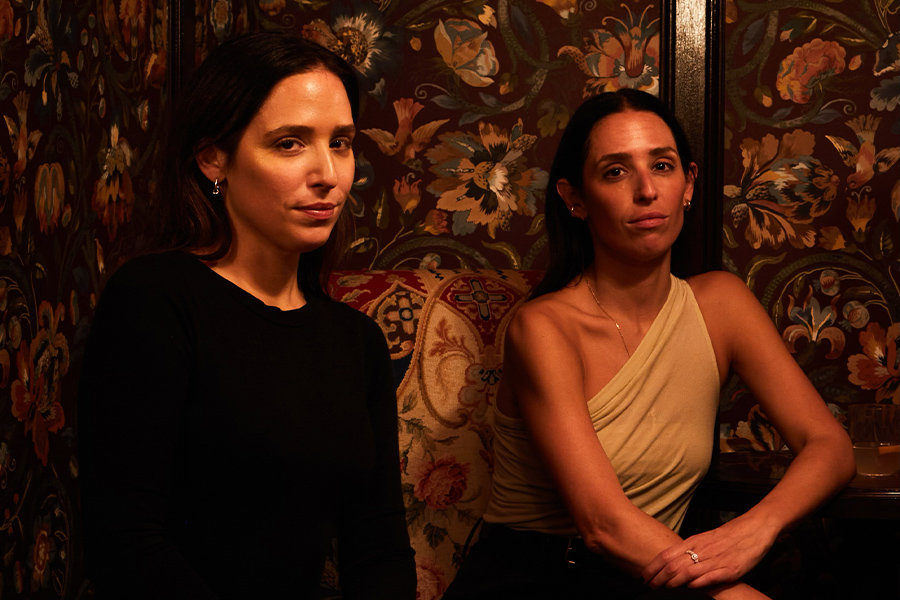Partners in both life and business, Lyndon Neri and Rossana Hu founded their Shanghai-based architectural design practice Neri&Hu Design and Research Office nearly two decades ago. Today, the accomplished pair, who were inducted into HD’s Platinum Circle last year, molds the world of architecture through education (both are visiting professors at Harvard’s Graduate School of Design and Hu is chair of the architecture department at the College of Architecture and Urban Planning at Tongji University) and projects that exemplify design integrity, as they describe it.
How do you define wellness in relation to design?
Lyndon Neri: There is a significant design dimension to wellness. Not only is wellness important, but design has the ability to effectively improve qualities of wellness.
How do you incorporate those principles into your projects?
Rossana Hu: Design integrity is key. There are no perfect buildings, interiors, or products. Everything is a work in progress. For example, in [our] Suzhou Chapel project, the development came to us originally with a concept of building a community of wellness and healthy living. This project derived out of that desire to service this cause but adding to the idea of physical wellness a layer of spiritual wellness, which is often neglected in this contemporary life of chaos and busyness.

The Aranya Art Center in Beidaihe, China
You are both professors of architecture and design. How do you incorporate wellness principles into what you teach students? Is the next generation more mindful of design in relation to wellness, sustainability, and its impact on the environment?
LN: Environmental consciousness is a must in today’s education. We’re sure the next generation is more mindful to these trends. Notable projects in the past by masters have focused on their own ideas of wellness, which we often use as reference case studies to show students. For example, Finland’s Aalto designed the Paimio Sanatorium, employing ideas of total design, wherein the architecture, interior, finishes, color, and furniture and lighting all work together to bring physical and mental wellness to the patients recovering from tuberculosis. We also want to point students to theories of wellness in design, relating it to technology, construction, and aesthetics.
You also frequently work on adaptive reuse or historic renovations. How do you approach those projects?
RH: Time is always embedded in the background of each design project, whether it’s a product, interior, or architecture. On the one hand we must consider “usage in time,” and propose design solutions that will stand the test of time, but we also must understand the historic context for each project. The most interesting aspect of time, however, is a more abstract reading, which relates to movement, flow, and memory. It’s hard to define and explain with specific examples, but time is directly related to spatial understanding and has remained a mystery in science and philosophy, but always fascinating to imagine possibilities of time in design.
How do you ensure your projects are rooted into the history and environment of their locations?
LN: This topic will always be pertinent in exploring urban design and architecture since it’s one of the most important issues for cultural continuity and urban renewal. It will be one of the many directions for a renewed pedagogy to be developed. Many things must work simultaneously together for change and renewal.
When we started the firm in Shanghai, we became interested, and almost obsessed, with the notion of nostalgia. We gained useful insights from a critical examination of the term—its origin, theories surrounding it, applications in different disciplines, and the various architectural extensions and possibilities this ‘reading’ offers us. This is the context in which Neri&Hu intentionally situates itself. As a practice, we are constantly trying to insert meaning into our work by drawing from these contexts, both geographical and historical. For that, we often find ourselves looking at the past, in other words, working with the notion of nostalgia.

Topped with a copper-clad second floor, Fuzhou Teahouse features a reddish rammed-earth base
What are your thoughts on designers entering the metaverse? Do you consider that the future of design?
RH: It’s fascinating to think about virtual space and the architectural implications of them. But is that the only future for design? We don’t think so and would prefer to continue to focus more on the physical space.
How do you two work together? What are each other’s strengths and weaknesses?
RH: We work together as a team. Of course, there are also other strengths that come into play when we work on a project together. Generally, most things are shared, and we work very organically depending on time, availability, and interest. We have different strengths and make up for each other’s weaknesses. Lyndon is better at the concept stage and is very good working with drawing, [while I’m] better at the development stage and work better with words and thoughts. Both aesthetic senses are quite similar, and both usually share the same big picture for the projects.
What keeps you inspired about the industry, especially during challenging times? How can design be at the forefront of changing human culture and experiences?
LN: We are very much inspired by the everyday, the mundane, and the ordinary. The very fabric of Shanghai as a city and the everyday activities in and around the city are very much an inspiration. We continue to be optimistic about design, and how it’s at the forefront of human experience in general. We see design as not just a tool for creating useful or beautiful things, but we see design as a tool of social change and cultural expression.
We also want to challenge the norm, ask questions that have not been asked, and perhaps offer answers that are not the typical. We see a changing world that is moving so rapidly that we often are dumbfounded or numbed about what we see. But as we move toward the future, design is inevitably part of social production and technological advancement, so the question becomes, how do you use design to make these processes better? The true value and agency of design will continue to change as the world changes.

The 7,500-square-foot Suzhou Chapel, completed in 2016
Hear more from Neri and Hu on HD’s What I’ve Learned podcast.


